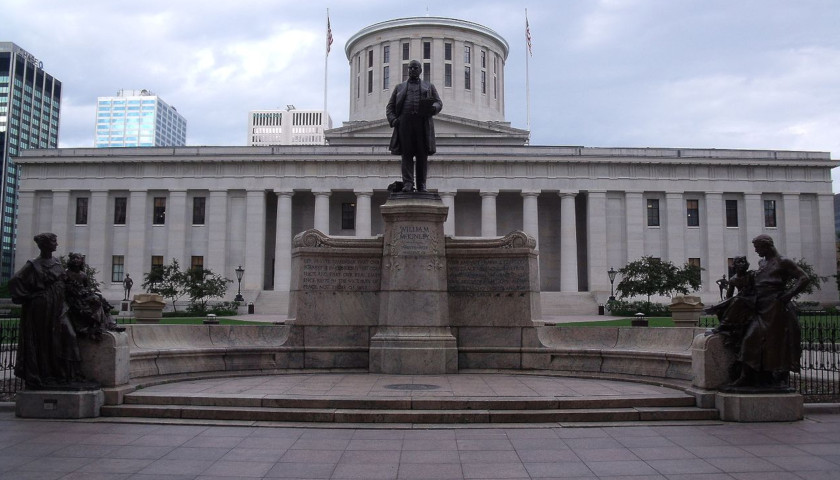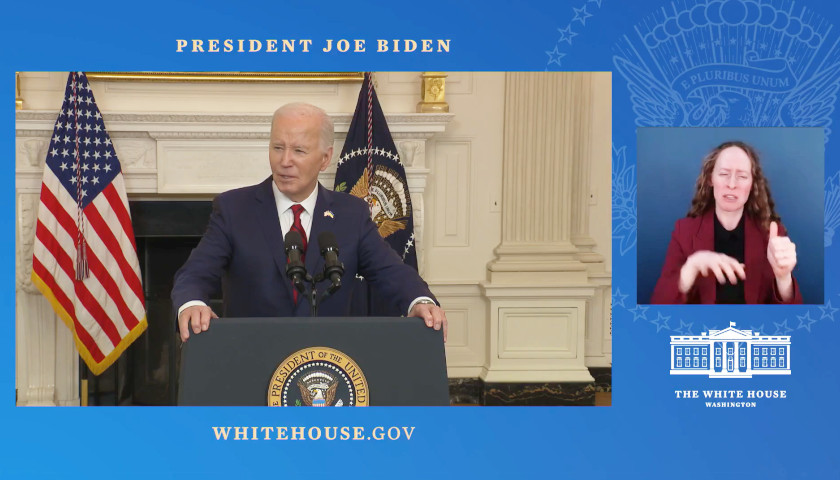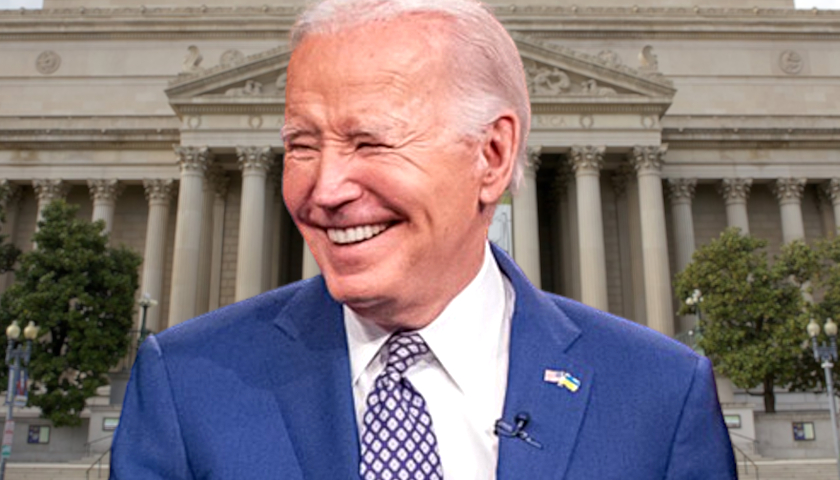Governing magazine recently conducted a nation-wide study to see which jurisdictions were “addicted to fines.” Turns out, Ohio has a lot of them – 45, to be exact.
There are no national standards for how much fine revenues localities should be collecting, they say. So they analyzed the total fine revenue as a share of all revenues in a jurisdiction’s general fund. And they calculated the fines collected per adult resident in the jurisdiction, using the 2017 five-year American Community Survey data.
Using mostly 2018 data, they found hundreds of governments across the United States where fines and court revenues fund a large portion of the budget. Ohio has 45 localities that made the list.
Linndale, the smallest village in Cuyahoga County, tops both categories for Ohio. It gets 96.2 percent of its general fund revenues from fines and collects $24,126 per adult resident.
In Ohio, villages group fine revenues with licenses and permit fees. Because of this, Governing raised the thresholds for Ohio villages. They were only included if they generated traffic enforcement or camera tickets, and either received more than 20 percent of their general fund revenue from the fines and fees, or the fines and fees were more than $200 per capita.
The Ohio jurisdictions that receive the most fines as a share of their general fund revenue are all villages. Weathersville Township rounds out the top 10.
| Jurisdiction | Share of General Fund Revenues |
| Linndale Village | 96.2% |
| Hanging Rock Village | 86.2% |
| Newburgh Heights Village** | 77.3% |
| North Hampton Village | 77.2% |
| Chesapeake Village | 71.5% |
| Brice Village** | 69.8% |
| Proctorville Village | 69.3% |
| New Miami Village | 64.5% |
| Higginsport Village | 49.6% |
| Weathersfield Township | 33.6% |
The list for jurisdictions who receive the most per capita is similar:
| Jurisdiction | Total per Adult Residents |
| Linndale Village | $ 24,126 |
| Hanging Rock Village | $ 3,451 |
| Newburgh Heights Village** | $ 2,475 |
| Chesapeake Village | $ 1,550 |
| Higginsport Village | $ 750 |
| Cuyahoga Heights Village | $ 604 |
| North Randall Village | $ 455 |
| North Hampton Village | $ 443 |
| Braternahl Village | $ 427 |
| Girard | $ 394 |
Newburgh Heights and Brice Village figures may or may not include the camera vendor’s share of the fines, Governing says. Brice, according to the report, receives 59 percent of its fines and fees from speed camera enforcement.
Localities with more than $500 per capita in fines and fees are generally relying upon tourists and others who travel through their jurisdiction to “bear the brunt of the fines,” the study reports.
Relying on traffic cameras for fine income, as all villages on the list do, could be problematic, Governing warns. New technology that allows motorists to identify camera locations or other speed and traffic enforcement efforts is proliferating and could reduce the number of tickets that are issued. Waze and Google Maps both include warnings for drivers using their apps.
Governing also cites statistics from the Insurance Institute for Highway Safety which show that the number of red-light cameras is sharply declining.
In Ohio, lawmakers instituted a formula to cut state funding based upon the amount of traffic camera revenue that is generated. That formula was challenged by several jurisdictions and is still pending in Ohio courts.
On July 13, another Ohio law went into effect that says cities can’t use an administrative process for the camera tickets; that all violations must go to the local court system and be heard by a judge.
And there are four other bills pending that would further restrict camera usage in the state:
- House Bill 139 would prohibit any city or township from using the traffic cameras if they don’t have their own fire department or emergency medical service (EMS).
- House Bill 140 says you can’t use traffic cameras if your population is less than 200.
- House Bill 141 limits the number of camera tickets issued in a jurisdiction to no more than two times the population.
- House Bill 142 adds a limit on the amount of money a jurisdiction can get from camera violations to no more than 30 percent of its total annual revenue.
State Rep. Thomas Patton (R-7), the sponsor of the four new bills, says that when voters are given a chance to have a say on traffic cameras, they oppose them.
“Are we doing what the people of Ohio want, or are they just doing a money grab,” he asks.
His bills are pending in the House State and Local Government Committee.
– – –
Maggie Leigh Thurber is a writer for The Ohio Star. Email tips to [email protected].





